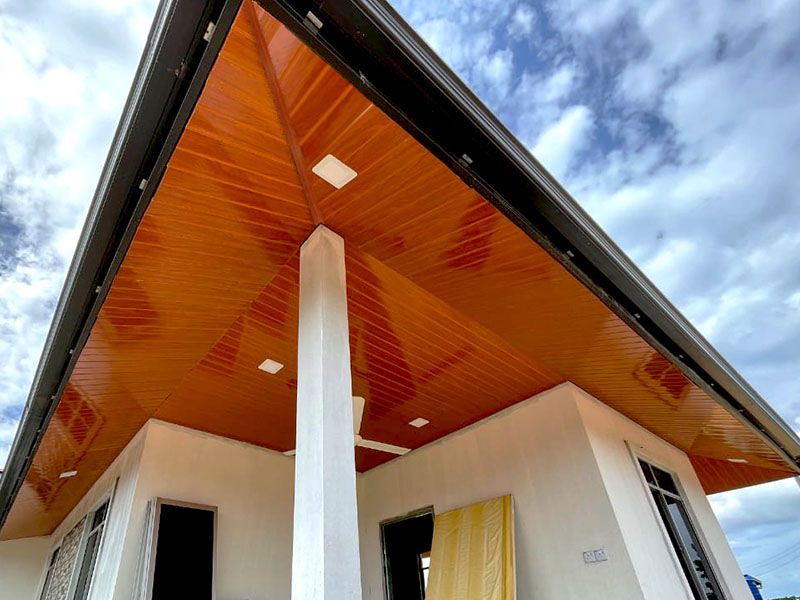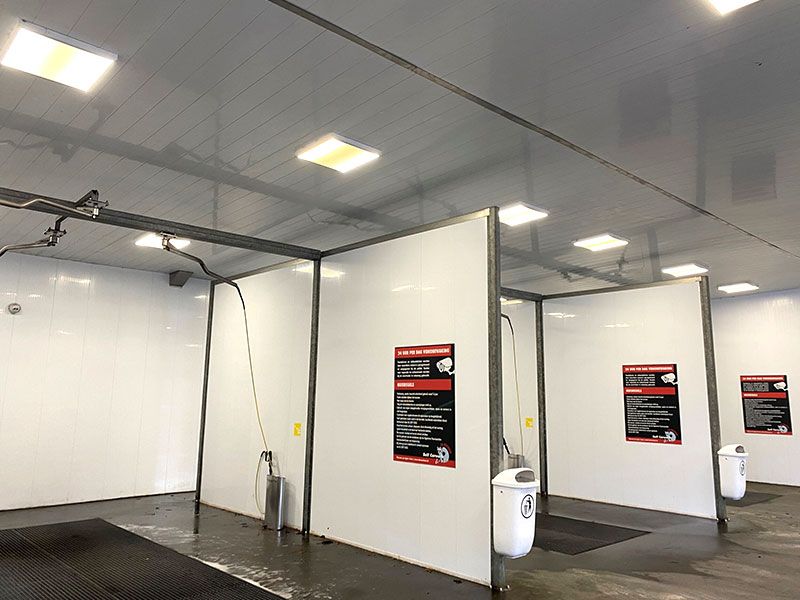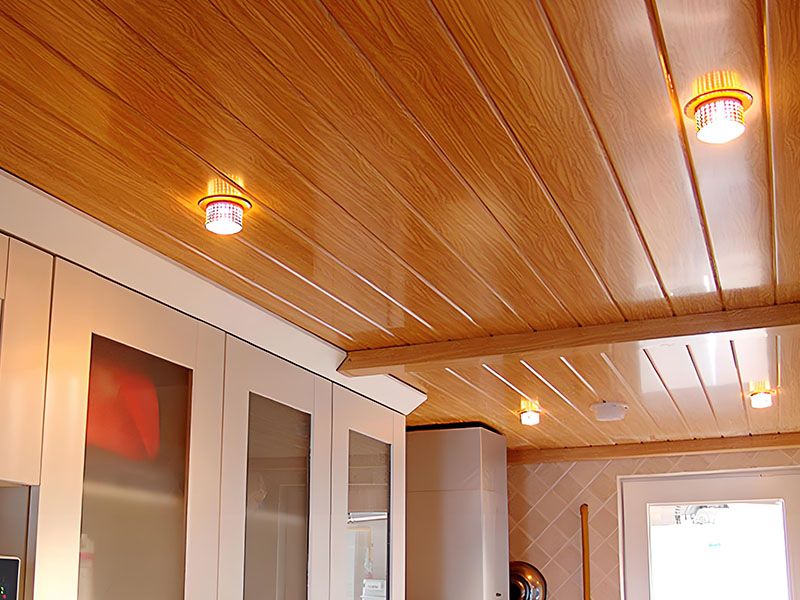Elevating Aesthetics and Hygiene: The Rise of PVC Ceiling Panels in Bathrooms and Washrooms
In the dynamic world of interior design and construction, materials are constantly evolving to meet specific demands for aesthetics, durability, and ease of maintenance. For spaces like bathrooms and washrooms, which are inherently exposed to high moisture and humidity, the choice of ceiling material is particularly critical. This is where PVC ceiling panels have emerged as a highly practical and increasingly popular solution.
Traditionally, plasterboard (drywall) ceilings were the norm, often requiring extensive prep work, painting, and regular maintenance to combat moisture damage. However, PVC (Polyvinyl Chloride) ceiling panels offer a compelling alternative, marrying functionality with a wide range of design possibilities.
What are PVC Ceiling Panels?
PVC ceiling panels are lightweight, hollow-core panels made from robust plastic. Designed to interlock, they create a seamless, non-porous surface that is ideal for moisture-rich environments. They come in various lengths, widths, and thicknesses, and are available in an extensive array of finishes, colors, and textures.
Why Choose PVC Ceiling Panels for Bathrooms and Washrooms?
The specific characteristics of PVC panels make them exceptionally well-suited for the demanding conditions of bathrooms and washrooms, whether residential or commercial:
- 100% Waterproof and Moisture Resistant: This is the primary advantage. Unlike plasterboard, which can absorb moisture and lead to mildew, mold growth, and structural damage, PVC panels are completely impervious to water. This prevents damp patches, swelling, and the deterioration often seen in traditional ceilings.
- Hygienic and Easy to Clean: The smooth, non-porous surface of PVC panels makes them incredibly easy to clean. A simple wipe-down with a damp cloth and mild detergent is usually sufficient to remove grime, soap scum, and any airborne particles. This also means they don't harbor bacteria, mold, or mildew, contributing to a more sanitary environment.
- Durability and Longevity: PVC is a highly durable material that resists warping, cracking, and chipping. Once installed, these panels can last for many years without needing replacement or extensive repair, offering excellent value for money over their lifespan.
- Aesthetic Versatility: Gone are the days when plastic panels meant limited design options. Modern PVC ceiling panels come in an astonishing variety of finishes. You can find panels that mimic the look of painted plaster, wood grains, brushed metals, subtle textures, high-gloss sheens, and even intricate patterns. This allows designers and homeowners to achieve virtually any desired aesthetic, from minimalist and modern to warm and traditional.
- Easy and Quick Installation: PVC panels are designed for straightforward installation. They can often be fitted directly over existing ceilings (if in good condition) or onto a batten system. Their lightweight nature and tongue-and-groove or click-lock systems mean they can be installed much faster than traditional plasterboard, significantly reducing labor time and costs.
- Low Maintenance: Beyond occasional cleaning, PVC panels require virtually no ongoing maintenance like painting, patching, or sanding. This makes them a "fit and forget" solution, especially beneficial in commercial washrooms with high traffic.
- Insulation Properties: The hollow core structure of PVC panels offers some degree of thermal insulation, which can help in maintaining a more consistent temperature within the room. They also provide a minor level of sound dampening.
Applications Beyond Ceilings
While primarily discussed for ceilings, the waterproof and hygienic properties of PVC panels also make them an excellent choice for wall cladding in bathrooms, shower enclosures, and utility rooms. They can be used to create feature walls or to protect entire areas from splashing water.
Considerations
While the benefits are numerous, it's worth noting a few considerations:
- Initial Cost: While installation is quicker, the upfront material cost for PVC panels might sometimes be slightly higher than basic plasterboard, though this is often offset by reduced labor and long-term maintenance savings.
- Aesthetics (Perception): Historically, some PVC panels had a "plastic" look. However, modern manufacturing techniques have drastically improved their aesthetic appeal, making them virtually indistinguishable from more expensive materials in many cases.
- Heat Resistance: While durable, PVC can deform under extreme, prolonged heat, so care should be taken with lighting fixtures that generate significant heat. Most modern LED bathroom lighting is perfectly compatible.
Conclusion
PVC ceiling panels represent a smart, durable, and aesthetically pleasing solution for the unique challenges posed by bathrooms and washrooms. Their unparalleled resistance to moisture, ease of maintenance, and versatility in design make them an increasingly preferred choice for homeowners, developers, and commercial establishments seeking a long-lasting and hygienic finish that performs beautifully under pressure.




